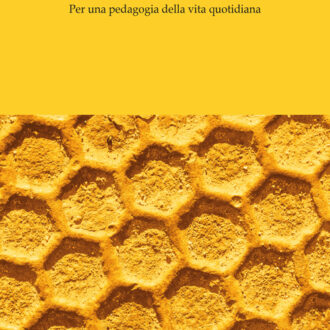ABSTRACT
This article focuses on the influence of The Spectator on Pamela in the light of the social imaginary of the “civil society” and of its virtual space of debate, the public sphere. Addison and Steele, the article argues, brought the new social imaginary and its epistemological principles into the realm of the aesthetic, thus making available to early novelists a new didactic mode of presentation, both of characters and of the text itself. Richardson was strongly influenced by The Spectator: He appropriated the descriptive rhetoric of the periodical essay and its implied readership to fashion a didactic outlook centered on the idea of the public good and at the same time self-consciously aesthetic. Pamela addressed a diversified, depersonalized audience, and its representation of character suggested that the narration of private particularity was able to convey patterns of generalization useful to the public as a diversified whole. In other words, while Richardson’s work is usually related to the conduct book tradition, Pamela was also shaped by The Spectator’s use of aesthetic patterns to formalize moral knowledge beneficial to the public. Likewise, the narratorial techniques Fielding developed in Joseph Andrews and Tom Jones as a polemical response to Pamela could enter his “new province of writing” insofar as they lent themselves to the didactic/aesthetic project articulated by The Spectator. Fielding responded to Richardson by going back to the model that, in his perception, Pamela had both evoked and betrayed.
Quest’articolo si incentra sull’influenza dello Spectator su Pamela, riconsiderando il ruolo di Addison e Steele nella formazione del romanzo realista. Lo Spectator diede forma narrativa all’etica e all’epistemologia della “società civile”, interiorizzando la dialettica tra pubblico e privato, implicando un pubblico differenziato e offrendo una rappresentazione estetica intesa a fornire generalizzazioni tratte dall’esperienza sociale. In tal modo, lo Spectator gettò le fondamenta di un nuovo modello didattico. Uno dei primi a coglierne il potenziale narrativo fu Samuel Richardson. A differenza dei manuali di condotta – spesso considerati il principale modello di Richardson – Pamela implica un pubblico simile a quello dello Spectator: enfatizza il rapporto tra condotta privata e benessere pubblico, si rivolge a una pluralità di lettori, e articola una nuova concezione della rappresentazione estetica come strumento per fornire un’educazione etica in un ordine civile, coltivando la capacità simpatetica e – in misura minore – il giudizio razionale. L’uso che Richardson fece dello Spectator fu d’esempio anche a Fielding. Nel rispondere polemicamente agli esperimenti di Richardson, Fielding concepì una narrazione dal valore autenticamente pubblico. Il Joseph Andrews e, in particolare, il Tom Jones forniscono ai lettori generalizzazioni utili a coltivare e orientare la conoscenza morale, senza però il coinvolgimento emotivo cruciale per Richardson, e con una più spiccata attenzione alla facoltà del giudizio.












Recensioni
Ancora non ci sono recensioni.